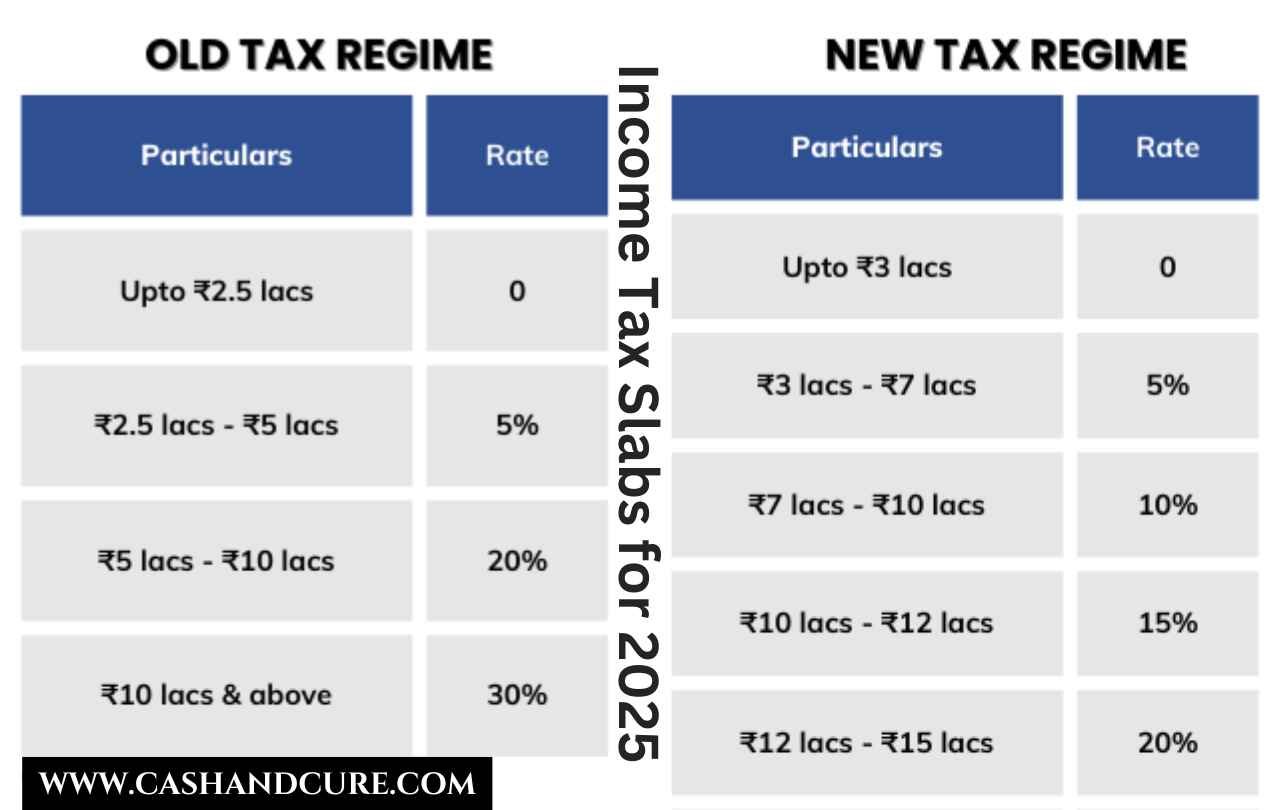Legal and Ethical Aspects of Colour trading: Colour trading is an intriguing and innovative concept that has been gaining attention in recent years. It involves the buying and selling of colours as tradable assets, much like stocks or commodities. This blog post will delve into the intricacies of colour trading, exploring its emotional aspects, benefits, risks, and how it differs from traditional trading methods. We’ll also provide actionable advice for beginners looking to get started in this unique market.

Legal and Ethical Aspects of Colour trading
Colour trading, a relatively new investment concept, operates in a regulatory grey area. While many platforms offer this service, the legal framework surrounding it is still evolving. As such, it’s crucial for investors to approach colour trading with caution and conduct thorough research. Ethical concerns, including potential market manipulation and insider trading, further underscore the need for transparency and responsible trading practices. To mitigate risks, investors should carefully evaluate platforms, understand the associated fees, and diversify their investment portfolio.
How Does Colour Trading Work?
Colour trading works by allowing individuals to buy and sell colours on a digital platform. These platforms use a system of colour codes, such as HEX or RGB, to represent different colours. Traders can purchase these colour codes and hold them as assets, hoping that their value will increase over time. When the demand for a particular colour rises, traders can sell their colour assets at a profit.

Are There Regulations Governing Colour Trading?
As a relatively new market, colour trading is not yet heavily regulated. However, as it gains popularity, regulatory bodies may begin to implement rules and guidelines to ensure fair trading practices and protect investors. It’s essential for traders to stay informed about any regulatory changes that may affect their investments.
What are the Ethical Considerations in Colour Trading?
Ethical considerations in colour trading revolve around the potential for market manipulation and the impact on industries that rely on specific colours. Traders must be mindful of their actions and avoid practices that could harm other market participants or create artificial demand for certain colours. Transparency and honesty are crucial in maintaining the integrity of the colour trading market.

Can Colour Trading be Classified as a Speculative Market?
Yes, colour trading can be classified as a speculative market. Like any market based on supply and demand, the value of colour assets can fluctuate significantly, leading to potential profits or losses. Traders often speculate on future trends and consumer preferences, making colour trading a high-risk, high-reward investment.
Are There Environmental Implications of Colour Trading?
The environmental implications of colour trading are relatively minimal compared to traditional industries. However, the production and use of certain colours, especially in the fashion and design industries, can have environmental impacts. Traders should be aware of the sustainability practices of the industries they are investing in and consider the environmental footprint of their colour assets.

Insights and Experiences: Colour trading
Colour trading encompasses both financial and psychological dimensions, influenced by cultural trends. By analyzing the emotional impact of colours and anticipating consumer preferences, traders can capitalize on market opportunities. For example, the colour blue, often associated with trust and reliability, is widely used in corporate branding, while vibrant hues like red and yellow appeal to younger demographics.
Actionable Advice for Colour Traders
- Stay Informed: Keep up with the latest trends in fashion, design, and marketing to anticipate changes in colour demand.
- Analyze Market Data: Use data analytics tools to track colour trends and make informed trading decisions.
- Diversify Your Portfolio: Don’t put all your investments into one colour. Diversify your portfolio to spread risk and increase potential returns.
- Start Small: If you’re new to colour trading, start with a small investment and gradually increase your exposure as you gain experience.
- Leverage Technology: Utilize trading platforms and tools that offer real-time data and analytics to stay ahead of the market.
Conclusion: Legal and Ethical Aspects of Colour trading
Colour trading represents an innovative market segment that leverages the emotional impact of colours. By analyzing market trends and employing prudent risk management strategies, investors can capitalize on the opportunities within this burgeoning field. Although risks inherent to any investment exist, the potential for financial growth makes colour trading an attractive proposition for portfolio diversification.






Leave a Reply